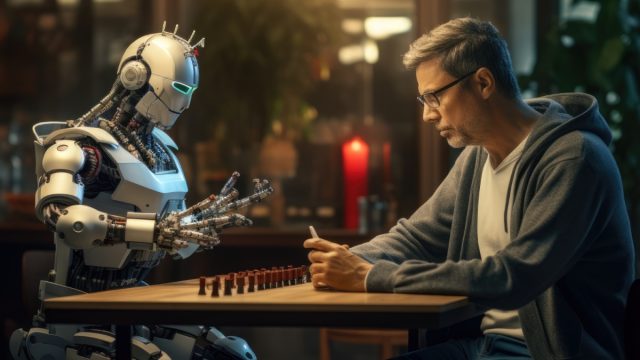We’re seeing AI in almost every aspect of our lives. From AI-powered smart homes and hospitals to education and agriculture, machines seem poised to take over.
However, there’s a surprising shift underway. There’s been a resurgence of manual labor. While robots and algorithms continue to excel at repetitive tasks, there are certain roles where the human touch, creativity, and adaptability are proving to be vital.
Complexity beyond machines
Contents
Automated systems are ideal in settings where repetitive tasks are key. Production lines in factories, for instance, are integrating AI machinery and swapping out humans. In many cases, these changes reduce the risk of human error and provide quickly received data that’s designed to optimize the process.
But where there are roles that require creativity, the machines are lacking. Take the role of a skilled carpenter. While machines can be programed to cut and shape wood with precision, it takes a human eye and expertise to design and create custom pieces that fit unique spaces.
Likewise, builders aren’t just assembling structures. They are problem solvers. In fact, according to a study by McKinsey published in July 2023, demand for construction workers is set to increase by 12% between 2022 and 2030. This is despite the increased use of AI technology.
Resilience of hands-on skills
Hands-on skills remain invaluable. While automated systems can detect issues in a building’s structure, for example, it takes a skilled technician to diagnose and fix complex problems efficiently.
A well-trained electrician can ensure a building’s safety and functionality, using tools and hardware to make updates and repairs in ways that automated systems alone can’t. Similarly, as long as a plumber is armed with the right tools, they can quickly fix a problem. The expertise of these professionals is not easily replicated by machines.
The human touch in automation
It’s possible for AI to complement the work that humans do. For instance, in healthcare, AI can assist with diagnostics and analysis, but nurses and caregivers provide a level of empathy and human connection that is irreplaceable.
The combination of advanced AI technology and the human interaction needed in certain settings can create a workplace environment that utilizes both well.
As AI continues to advance, new job categories are emerging. These are blending manual labor with AI technologies. For example, a robotics technician needs both mechanical know-how and an understanding of programming and AI systems.
The resurgence of manual jobs in the AI revolution is potentially welcome news for people who have been concerned about job security. Manual jobs provide employment opportunities that can’t be automated entirely. These roles support local and wider economies.
Also, handing over routine tasks to AI means that humans can focus on work that requires creativity and critical thinking, along with roles that need an empathetic approach such as counseling or work in a medical setting.


